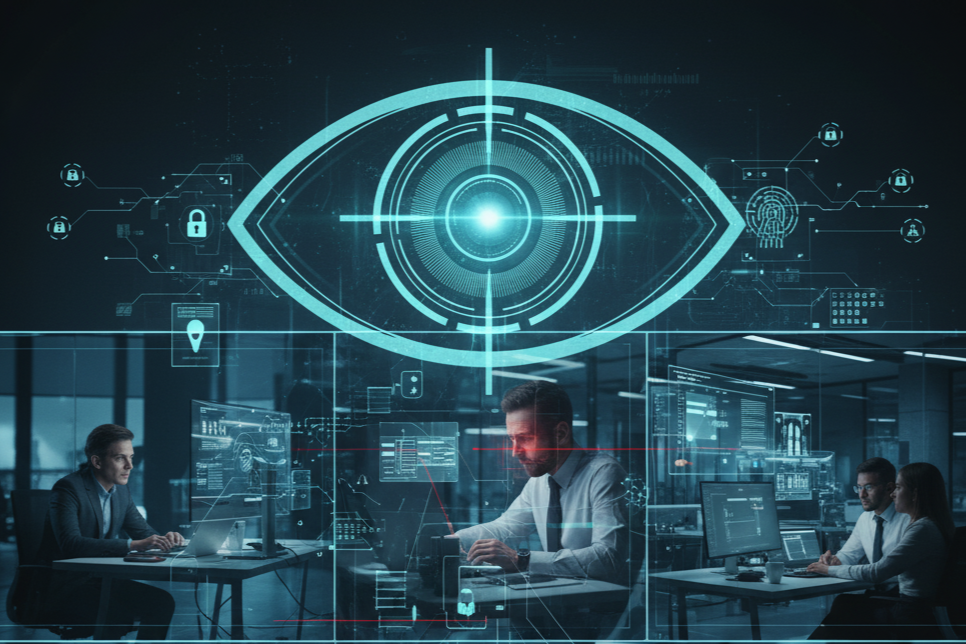Guarding Your Virtual Workspace: Cybersecurity Essentials for the Remote Work Era
- SystemsCloud

- Dec 4, 2023
- 2 min read
The shift to remote work has been nothing short of revolutionary, altering the way businesses operate and employees collaborate. But as we adapt to this new normal, we must also confront an evolving landscape of cybersecurity threats, particularly those targeting virtual desktop environments.

Why Virtual Desktops Are Vulnerable
Virtual desktops offer unparalleled convenience and flexibility, but their interconnected nature makes them a tempting target for cybercriminals.
According to a report by Cybersecurity Ventures, cybercrime is expected to inflict damages totaling $10.5 trillion annually by 2025, and virtual desktops are not exempt from this grim forecast.
Types of Threats
Phishing
Phishing attacks often come in the form of emails or messages that appear to be from trusted sources. In a virtual desktop environment, these attacks can be even more dangerous because they can potentially gain access to a centralized system where multiple desktops are managed. According to Verizon's 2021 Data Breach Investigations Report, phishing was present in 36% of breaches, making it a significant concern.
Ransomware
Ransomware attacks encrypt your files and demand a ransom for their release. In a virtual desktop setting, this could mean the encryption of files across multiple desktops if they are connected to a central server. The average ransom payment increased to $233,817 in Q3 2021, according to Coveware's Quarterly Ransomware Report.
DDoS Attacks
Distributed Denial of Service (DDoS) attacks flood a network with excessive traffic, making it unavailable. In a virtual desktop environment, this could mean the disruption of service for multiple users connected to the same network. According to a report by NETSCOUT, there were 5.4 million DDoS attacks in 2020, a 20% increase from the previous year.
Key Takeaways for Virtual Desktop Security
Here are some quick tips for enhancing your virtual desktop's security:
Regular Software Updates: Outdated software is a breeding ground for vulnerabilities.
A study by BitSight found that companies with outdated operating systems were three times more likely to experience a data breach.
Multi-Factor Authentication: MFA adds an extra layer of security by requiring two or more verification methods—a password, a smart card, a fingerprint, etc.
According to Microsoft, MFA can block over 99.9% of automated attacks.
Employee Training: Human error is often cited as the weakest link in cybersecurity.
A report by CybSafe found that human error accounted for 90% of data breaches in 2019. Therefore, training employees to recognize threats is crucial.
Backup Data: Regularly backup critical data to a secure location for quick recovery in case of a cyber-attack.
Conclusion: Knowledge is Power
In the ever-changing world of cybersecurity, staying informed is your first line of defense. Our e-book, "Cybersecurity in the Age of Remote Work," equips you with the knowledge and tools you need to protect your virtual desktop environment effectively. So, download your copy today and take a significant step toward a more secure future.








Comments